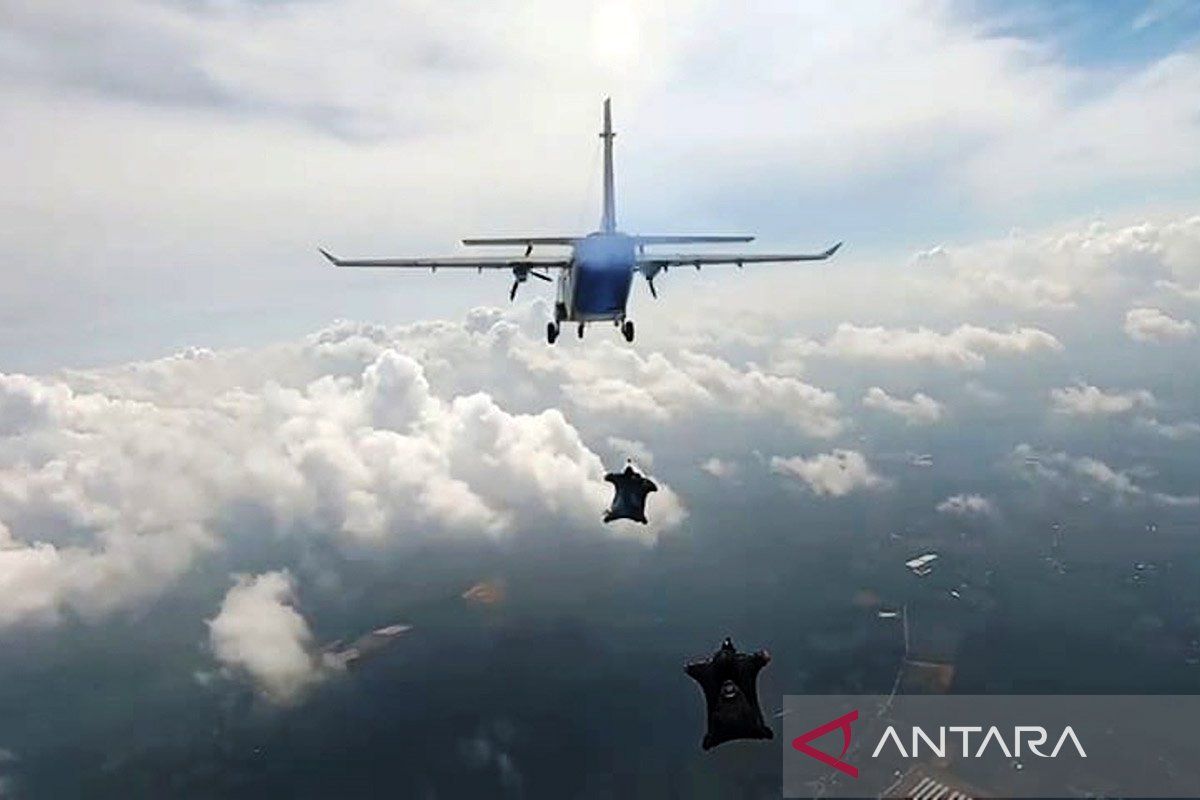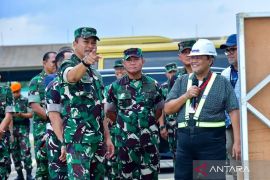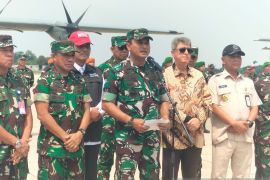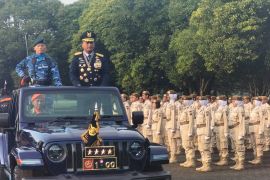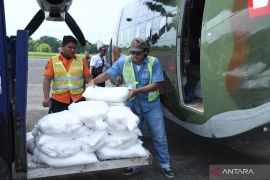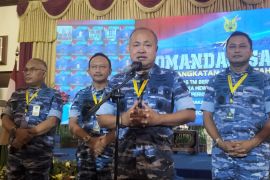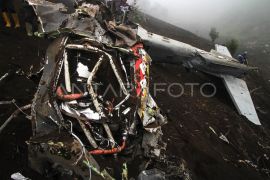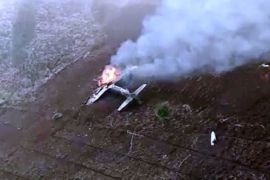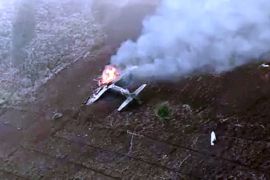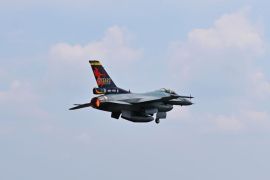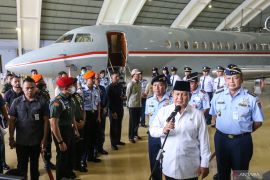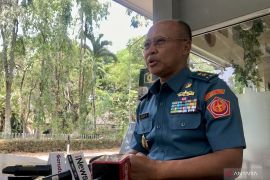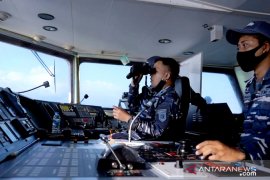The Wingsuit troops of the Rapid Action Forces Command (Kopasgat) have become a new mainstay of the Indonesian Air Force for launching air strikes. Unlike fighter jets, these troops operate quietly but move with the speed and precision of missiles flying to their targets.
Currently, the team consists of 10 parachutists equipped with wingsuits during their duty. They jump from altitudes of 10,000 to 15,000 feet, using their wingsuits to glide and maneuver with ease.
These troops can glide at specific angles and land precisely at designated locations using parachutes. They were formed to conduct special missions such as infiltration, executing them silently and swiftly. Upon landing, they immediately devise strategies for ground combat.
The team is led by First Lieutenant Yudi Agung Prasetyo, one of the first Kopasgat members to acquire wingsuit skills since 2018. At that time, a special wingsuit team had not yet been established. In 2024, Kopasgat officially formed a wingsuit squad of 10 personnel.
Prasetyo explained that not all troops can become wingsuit parachutists; a minimum of 1,500 hours of free-fall flight experience is required.
Free-fall is a vertical parachuting technique where the parachutist deploys the parachute at a certain altitude. This skill is essential for wingsuit parachutists, or wingsuiters.
Troops must also possess infiltration skills on land, as they will also conduct raid missions after landing. Physical fitness, intelligence, quick calculation skills, and a supportive psychological resilience are also crucial requirements.
Training
Wingsuit jumping requires parachutists to become adept at using the air as their primary medium. They must surf freely with precise maneuvers until they enter enemy territory.
The parachutists' wingsuits must be intermediate to advanced grade, enabling them to travel at speeds between 125 and 165 kilometers per hour. Hence, maneuvering at these speeds demands regular training.
Since 2024, Kopasgat has intensified its wingsuit training, bringing in Australian wingsuit athletes Ben "Dicko" Dixon and Tahi-Paul. These troops trained from the basics until they mastered wingsuit jumping. Their training continues until today, with 14 to 15 jumps practiced per week, according to Prasetyo.
They practice various maneuvers, including the 4-3-3 formation, the signature move of Kopasgat wingsuiters. In this formation, the wingsuiters are split into three groups. The first group, consisting of four parachutists, is responsible for locating the landing site using GPS.
Once the site is identified, a second group of three descends as the execution team. The third group, consisting of the last three people, provides security after the execution team completes its task.
The entire training session is conducted under the command of the Training Commander and Commander of the Kopasgat I Commando Wing, Colonel Helmi A.
In addition to jump training, these wingsuiters must undergo ground assault training to penetrate enemy territory. They also frequently participate in various large-scale exercises held by the Indonesian Air Force.
One of the most recent examples was the Air Force Operations Command II (Koopsud II) Sikatan Daya exercise in South Kalimantan last June. In the future, they also plan to participate in the Air Force’s largest joint exercise, Angkasa Yudha 2025.
Obstacles
Wingsuit training also faces several challenges, with parachutists often encountering both technical and natural obstacles.
Weather is often a major hindrance for parachutists in conducting training, oftentimes delaying training due to unfavorable conditions. Technical issues, such as equipment malfunctions during jumps, also occur.
Prasetyo noted that wingsuiters are equipped with several equipment for their jumps, including Intermediate Baracuda 4 suits from Bulgaria, full-face helmets, communication devices between parachutists, and GPS units.
On several occasions, GPS devices have malfunctioned, leaving parachutists disoriented in the sky. However, they are trained to handle such situations.
Parachutists are instructed to follow the one in front of them to avoid getting lost while searching for a landing site. This is one reason for the 4-3-3 formation.
Despite numerous obstacles they encounter, the Wingsuit Troops persist with their training to hone their skills.
The presence of this new unit is expected to become the new spearhead of the Indonesian Air Force in safeguarding national sovereignty.
Troop Advancement
Kopasgat Commander Air Marshal Deny Muis announced that his side would double the number of Kopasgat Wingsuit personnel to increase combat strength.
He believes the current troops have demonstrated solid performance, serving as role models for future generations. In addition to increasing the number of troops, his team will also recruit foreign wingsuit athletes to train Kopasgat wingsuiters.
Muis also expressed gratitude for the award from the Indonesian Museum of Records (MURI), recognizing Kopasgat as the founder of Indonesia's first wingsuit troop.
However, he emphasized that his team would not dwell in the euphoria of pride for too long. Their priority must be the continued advancement of the team, aiming to become the world's most respected elite force.
Related news: Indonesian troop to lead 2025 Bastille Day military parade in Paris
Related news: Indonesia steps up defense diplomacy amid rising global tensions
Translator: Walda Marison, Resinta Sulistiyandari
Editor: Anton Santoso
Copyright © ANTARA 2025
